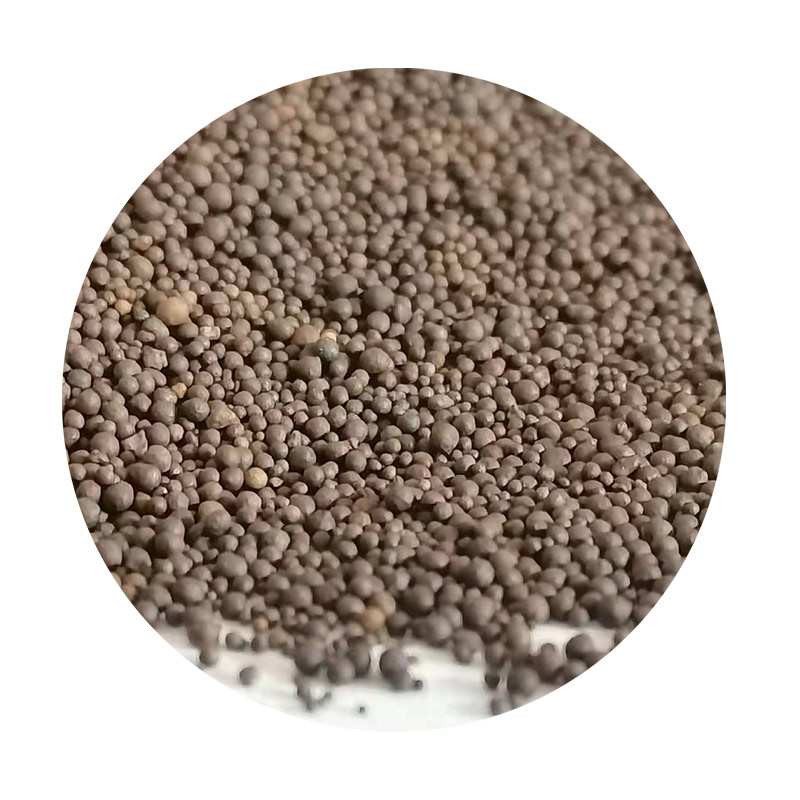Physical Properties of Foundry Sand
Foundry sand plays a crucial role in the metal casting industry, serving as a key component in the production of various metal products. Understanding the physical properties of foundry sand is essential for optimizing casting quality and ensuring the efficiency of the foundry process. This article explores the critical physical properties of foundry sand, including grain size, shape, surface texture, permeability, thermal conductivity, and specific heat capacity.
One of the primary physical properties of foundry sand is grain size. The size of sand grains can significantly affect the casting quality, as it influences the flowability, mold strength, and surface finish of the final product. Typically, foundry sand is classified into different grain sizes, with the most common being between 0.1 and 0.5 mm. Smaller grains can improve the surface finish by providing a smoother mold surface, while larger grains may enhance the mold's strength but could lead to a rougher finish on the cast product.
The shape of sand grains is another critical physical property that affects the performance of foundry sand. Sand grains can be angular, sub-angular, rounded, or irregularly shaped. Angular grains tend to interlock, providing better mold strength and stability, making them suitable for casting processes that require high precision. In contrast, rounded grains have better flow properties and can fill molds more easily, which is advantageous for producing intricate designs. Thus, the choice between angular and rounded grains depends on the specific requirements of the casting application.
Surface texture is also an important aspect of foundry sand's physical properties. The texture of the sand particles influences the adhesion of the sand grains and the overall strength of the mold. Rough-textured sands may offer better mold strength due to increased friction between grains, while smooth sands may produce molds with superior surface finishes. Additionally, the presence of impurities such as clay or silt can alter the sand’s surface texture, impacting its performance in casting applications. Therefore, foundry sand is often treated or washed to remove unwanted materials and enhance its properties.
physical properties of foundry sand

Permeability, or the ability of the sand to allow gases to pass through, is another vital physical property. Proper permeability is essential to ensure that gases generated during the metal pouring process can escape from the mold without causing defects in the casting. Too low a permeability can lead to gas entrapment, resulting in porosity and other surface defects in the finished product. On the other hand, excessive permeability may compromise mold strength. The ideal permeability level is achieved through careful control of grain size, shape, and the moisture content of the sand.
Thermal conductivity is another significant physical property of foundry sand. This property defines the sand's ability to conduct heat, which is critical during the metal solidification process. A sand with high thermal conductivity can help to cool the molten metal more evenly, reducing the risk of defects such as hot tears or shrinkage. Conversely, sand with low thermal conductivity may lead to uneven cooling and increased risk of casting defects. The thermal properties of foundry sand can be influenced by its mineral composition and moisture content.
Lastly, specific heat capacity, which is the amount of heat energy required to raise the temperature of the sand, plays a role in the cooling rate of the cast metal. Sand with a high specific heat capacity can absorb more heat energy, resulting in a slower cooling process. This can be advantageous in specific applications, allowing for a reduction in thermal stresses and promoting uniform solidification.
In conclusion, the physical properties of foundry sand—such as grain size, shape, surface texture, permeability, thermal conductivity, and specific heat capacity—are critical to the overall success of metal casting processes. By understanding and optimizing these properties, foundries can enhance the quality of their castings, improve process efficiency, and reduce production costs. As the foundry industry continues to evolve, the importance of selecting the right type of sand and managing its physical properties will remain a key focus for manufacturers seeking to achieve the best possible outcomes in their casting operations.
Post time:12-р сар . 12, 2024 22:17
Next:ceramsite foundry sand
